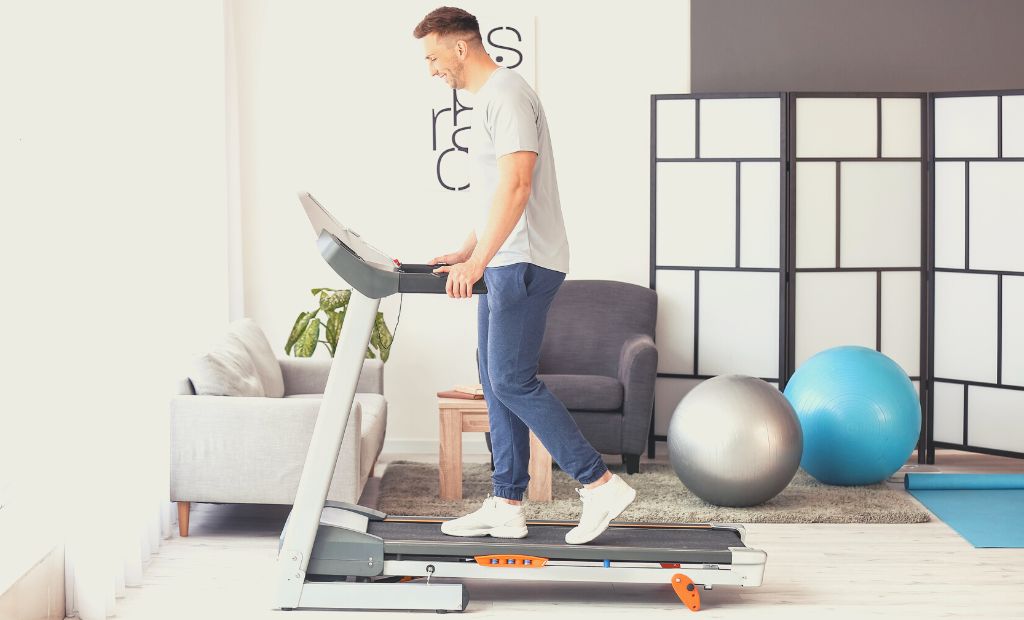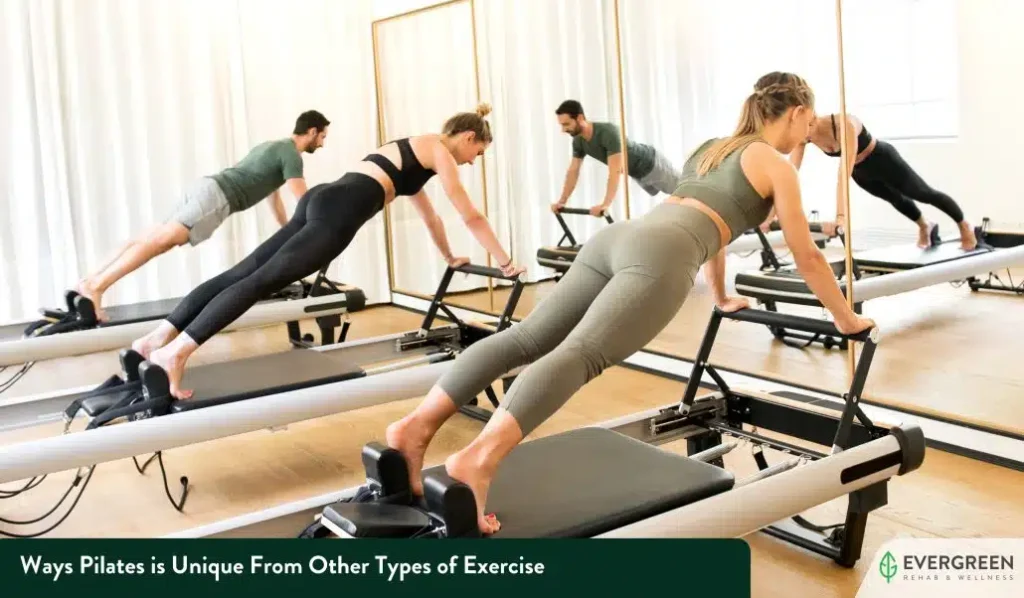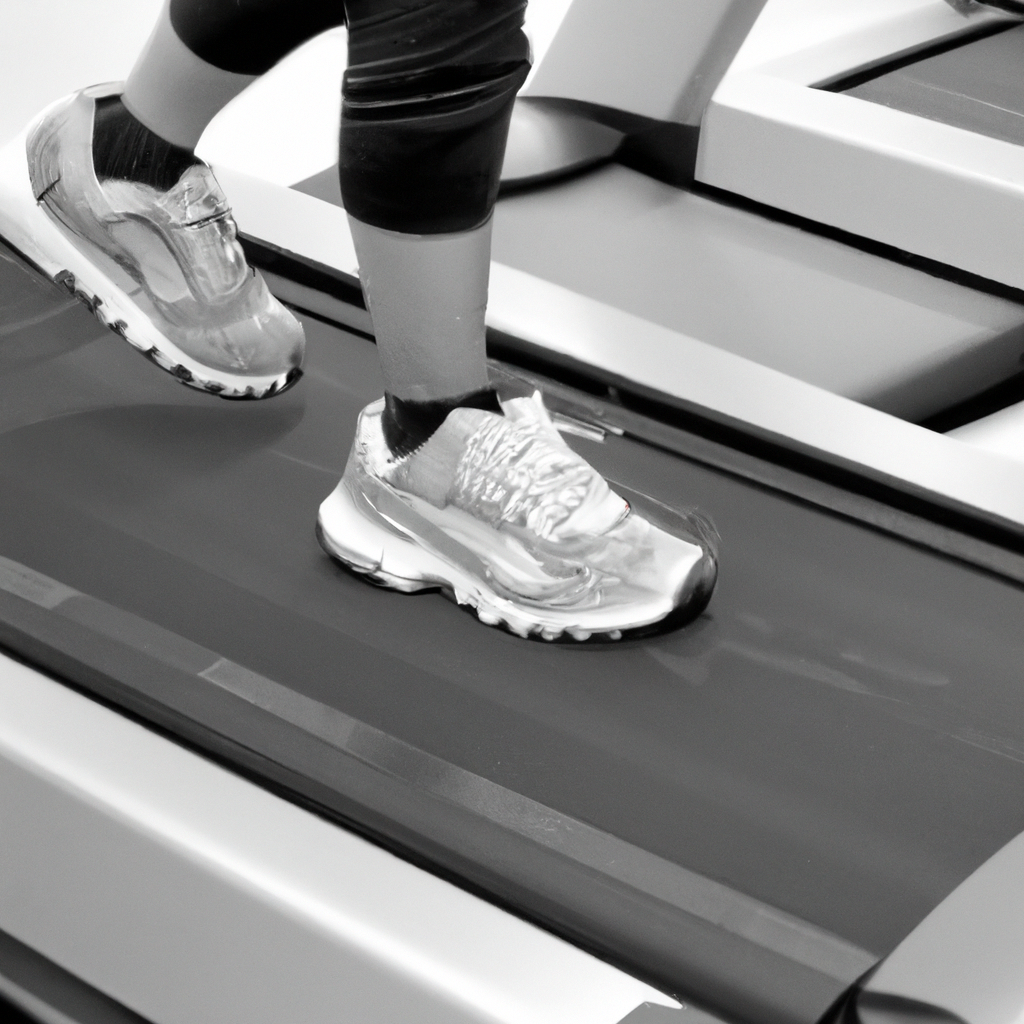Have you ever wondered whether it is more beneficial to walk on an incline or a flat pad? The debate between these two options has been a topic of discussion among fitness enthusiasts for quite some time. While both offer their own set of advantages, understanding the benefits they provide can help you make an informed decision and optimize your walking routine. In this article, we will explore the advantages of both walking on an incline and a flat pad, allowing you to determine which option aligns best with your fitness goals and preferences.

Benefits of Walking on an Incline
Increased calorie burn
Walking on an incline can significantly increase the number of calories burned during your workout. The inclined surface forces your body to work harder, engaging more muscles and requiring more energy expenditure. This can be especially beneficial if weight loss is one of your goals.
Muscle engagement
Walking uphill targets different muscle groups compared to walking on a flat surface. The incline activates your glutes, hamstrings, and calves to a greater extent, leading to improved strength and toning in these areas. It can also be a great way to switch up your routine and challenge your muscles in new ways.
Cardiovascular benefits
Incline walking provides an excellent cardiovascular workout. It elevates your heart rate and increases the demand for oxygen, resulting in improved cardiovascular fitness over time. Regular incline walking can help lower your risk of heart disease, improve endurance, and enhance overall cardiovascular health.
Joint impact reduction
Walking on an incline reduces the impact on your joints compared to walking on a flat surface. When you walk uphill, your feet land with less force, resulting in less stress on your ankles, knees, and hips. This can be especially beneficial for individuals who have joint pain or are recovering from injuries.
Improved balance and stability
Walking on an incline requires you to maintain your balance and stability, as the uneven surface challenges your body to adapt and adjust. Over time, this can lead to improved balance and stability in your daily activities, reducing the risk of falls and injuries.
Benefits of Walking on a Flat Pad
Accessibility for beginners
Walking on a flat pad is an excellent option for beginners or individuals who are just starting their fitness journey. It provides a stable and level surface, making it easier to maintain proper form and build endurance gradually. It can also be a great starting point before progressing to more challenging incline walking.
Lower impact on joints
Walking on a flat pad has a lower impact on your joints compared to walking on an incline. The even surface reduces the stress on your knees, hips, and ankles, making it a suitable choice for individuals with joint sensitivities or injuries. It allows you to get a good workout without putting excessive strain on your joints.
Quicker recovery time
Due to the lower impact on your joints, walking on a flat pad usually requires less recovery time compared to walking up an incline. This makes it a great option for individuals who want to incorporate walking into their daily routine without experiencing prolonged muscle soreness or fatigue.
Easier on the lower back
Walking on a flat pad can be gentler on your lower back compared to walking uphill. The incline can sometimes strain the lower back muscles, especially if you have weak core muscles or pre-existing back conditions. Walking on a flat pad allows you to focus on maintaining a neutral spine and reducing the risk of lower back discomfort.
Versatility for different types of workouts
A flat pad provides versatility for various types of workouts. It can be used for power walking, jogging, or even incorporating strength exercises such as lunges or squats. The level surface allows for greater freedom of movement and the ability to customize your workout to target specific muscle groups or fitness goals.

Factors to Consider
Fitness goals
When deciding between walking on an incline or a flat pad, consider your fitness goals. If you aim to burn more calories and improve cardiovascular fitness, walking on an incline might be more suitable. However, if you are a beginner or have joint sensitivities, walking on a flat pad might be a better option to gradually build endurance and avoid excessive strain on your joints.
Current fitness level
Your current fitness level should also be taken into account. If you are just starting your fitness journey or have been inactive for a while, walking on a flat pad can provide a less intense workout and allow you to gradually increase your activity level. On the other hand, if you are already at a moderate fitness level and looking to challenge yourself, incline walking can be a great way to push your limits and improve overall strength and endurance.
Health conditions
If you have any health conditions or injuries, it is important to consult with your healthcare provider before deciding between walking on an incline or a flat pad. They can provide personalized advice based on your specific needs and ensure that your exercise routine aligns with your health goals.
Preference
Your personal preference should also play a role in your decision-making process. Some individuals enjoy the challenge and variety that walking on an incline provides, while others prefer the comfort and stability of walking on a flat pad. Ultimately, choosing an exercise that you enjoy and feel motivated to stick with is key to maintaining a consistent and enjoyable fitness routine.
Time constraints
Consider the time you have available for your workouts. Walking on an incline typically requires more time and effort compared to walking on a flat pad. If you have a busy schedule or limited time for exercise, walking on a flat pad can be a more practical option that still allows you to reap the benefits of walking without the added challenge of incline training.
Incline Walking
Increased calorie burn
Walking on an incline can significantly increase the number of calories burned compared to walking on a flat pad. The uphill angle forces your body to work harder, resulting in a higher energy expenditure. This can be especially beneficial for individuals looking to lose weight or maintain a calorie deficit.
Muscle engagement
Incline walking engages more muscles compared to walking on a flat pad. The uphill surface requires your glutes, hamstrings, and calves to work harder to propel your body forward. This increased muscle engagement leads to improved strength, toning, and development in these areas, creating a more sculpted and defined lower body.
Cardiovascular benefits
Walking on an incline provides an excellent cardiovascular workout. The uphill challenge elevates your heart rate and increases the demand for oxygen, making your heart and lungs work harder. Regular incline walking can improve cardiovascular endurance, boost lung capacity, and enhance overall cardiovascular health.
Joint impact reduction
One of the significant benefits of incline walking is the reduced impact on your joints. Walking uphill allows your feet to land with less force compared to walking on a flat surface, resulting in decreased stress on your ankles, knees, and hips. This makes it a suitable choice for individuals with joint pain or those who want to minimize the risk of joint-related injuries.
Improved balance and stability
Walking on an incline requires your body to coordinate and maintain balance, as the uneven surface challenges your stability. Over time, this can lead to improved balance and stability in your daily activities, reducing the chances of falls or injuries. It also engages your core muscles as they work to stabilize your body, promoting a stronger and more stable core.

Flat Pad Walking
Accessibility for beginners
Walking on a flat pad is highly accessible for beginners or individuals who are just starting their fitness journey. The even and stable surface provides a solid foundation for walking and allows beginners to focus on maintaining proper form and building endurance gradually. It offers a comfortable and non-intimidating environment to establish a routine and improve fitness levels.
Lower impact on joints
Walking on a flat pad has a lower impact on your joints compared to walking on an incline. The level surface reduces the stress on your knees, hips, and ankles, making it an ideal choice for individuals with joint sensitivities or injuries. It can be an excellent option for those recovering from joint-related surgeries or conditions where joint impact needs to be minimized.
Quicker recovery time
Due to the lower impact on your joints, walking on a flat pad usually requires less recovery time compared to walking uphill. This means that you can incorporate walking into your daily routine without experiencing prolonged muscle soreness or fatigue, allowing you to maintain consistent and regular exercise habits.
Easier on the lower back
Walking on a flat pad is generally easier on your lower back compared to walking uphill. The incline can sometimes strain the lower back muscles, especially if you have weak core muscles or pre-existing back conditions. Walking on a flat pad allows you to focus on maintaining a neutral spine and reducing the risk of lower back discomfort or pain.
Versatility for different types of workouts
A flat pad provides versatility for various types of workouts. Apart from walking or jogging, it can be easily transformed into an outdoor gym by incorporating strength exercises such as lunges, squats, or even yoga poses. The level surface allows for greater freedom of movement, making it suitable for individuals who want to engage in a variety of exercises and target different muscle groups.
Calorie Burn
Incline walking burns more calories
Walking on an incline burns more calories compared to walking on a flat pad. The uphill angle forces your body to work harder, resulting in a higher energy expenditure. When you increase the incline, the intensity of your workout increases, leading to a greater calorie burn. This makes incline walking a great option for individuals looking to maximize their calorie burn and achieve weight loss goals.
Flat pad walking burns fewer calories
Walking on a flat pad burns fewer calories compared to walking on an incline. The even surface requires less effort and energy expenditure, resulting in a lower calorie burn. However, it is still an effective form of exercise and can contribute to weight maintenance and overall fitness when done consistently and at a moderate intensity.

Muscle Engagement
Incline walking engages more muscles
Walking on an incline engages more muscles compared to walking on a flat pad. The uphill surface requires your glutes, hamstrings, and calves to work harder to propel your body forward. This increased muscle engagement not only burns more calories but also leads to improved strength, toning, and development in these lower body muscle groups.
Flat pad walking engages fewer muscles
Walking on a flat pad engages fewer muscles compared to walking on an incline. The level surface provides less resistance, requiring less muscle activation. Although this means fewer calories burned, it can still be a beneficial form of exercise, especially for individuals who want to focus on low-impact workouts or who have specific muscle groups they want to target.
Cardiovascular Benefits
Incline walking boosts cardiovascular fitness
Walking on an incline provides a significant cardiovascular workout. The uphill challenge elevates your heart rate and increases the demand for oxygen, making your heart and lungs work harder. This increased cardiovascular demand leads to improved cardiovascular fitness, increased lung capacity, and enhanced endurance over time.
Flat pad walking provides a moderate cardiovascular workout
Walking on a flat pad also provides cardiovascular benefits, although at a slightly lower intensity compared to incline walking. The even surface allows for a more relaxed pace, making it a suitable option for individuals who want to achieve a moderate cardiovascular workout without pushing the limits of their endurance.

Joint Impact Reduction
Incline walking reduces joint impact
Walking on an incline reduces the impact on your joints compared to walking on a flat surface. The uphill angle allows your feet to land with less force, resulting in decreased stress on your ankles, knees, and hips. This can be particularly advantageous for individuals with joint sensitivities, arthritis, or those recovering from joint-related injuries or surgeries.
Flat pad walking has lower impact on joints
Walking on a flat pad has a lower impact on your joints compared to walking on an incline. The level surface reduces the stress on your knees, hips, and ankles, making it a great option for individuals with joint pain or those who want to minimize the risk of joint-related injuries. It enables you to engage in a low-impact form of exercise that still provides cardiovascular and muscular benefits.
Conclusion
When deciding between walking on an incline or a flat pad, it is essential to consider your individual goals, current fitness level, health conditions, preference, and time constraints. Incline walking offers increased calorie burn, muscle engagement, cardiovascular benefits, joint impact reduction, and improved balance and stability. On the other hand, walking on a flat pad provides accessibility for beginners, lower impact on joints, quicker recovery time, ease on the lower back, and versatility for different types of workouts.
The best approach is to strike a balance between incline and flat pad walking based on your preferences and needs. You can incorporate both types of walking into your fitness routine to reap the benefits of increased calorie burn, muscle engagement, cardiovascular fitness, and joint impact reduction. By considering individual factors and finding the right balance, you can optimize your results and enjoy a sustainable and enjoyable exercise routine. So lace up your walking shoes, choose your incline or flat pad, and start reaping the numerous benefits of walking today!







